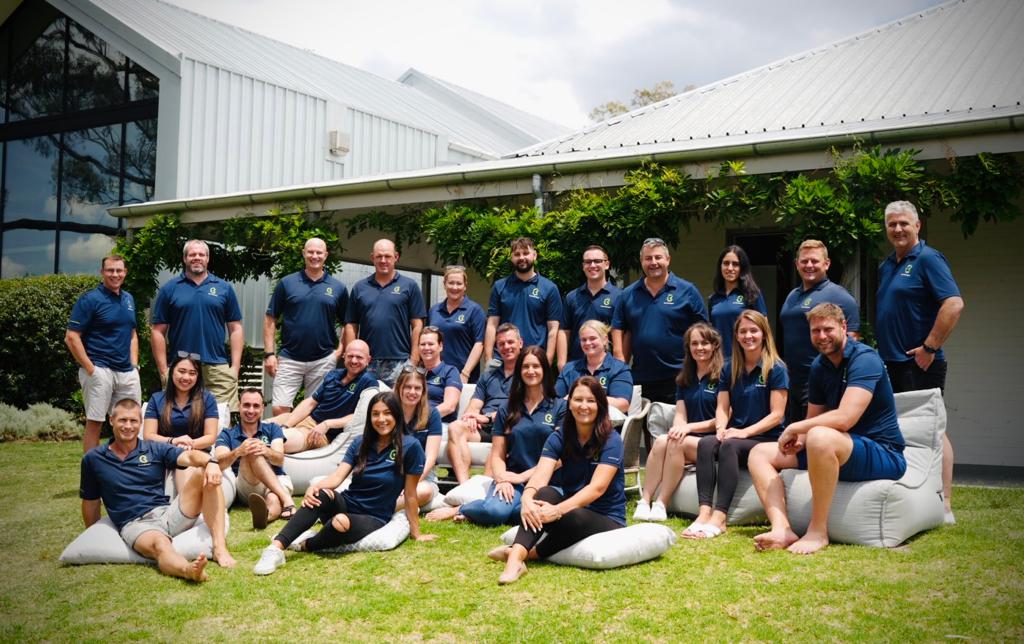Home > When can a group of people be considered a team?
When can a group of people be considered a team?
As an English teacher of many years, I have vivid memories of teaching students the art of essay writing.
I regularly explained to students that writing a few sentences, leaving a line and preparing to start the process again did not mean that they had written a paragraph, in the academic sense of the word.
It sometimes took students a little while before they understood that a paragraph needed to be composed with an understanding of each of its elements, and with cognisance of the greater purpose that the paragraph performed in terms of the essay as a whole. I used to teach students that an essay had a recipe, with key ingredients, and that while they could certainly add their own flair – or herbs and spices – the ingredients of the recipe would enable their essay to be cohesive and succeed as a whole.
The same principle can be applied to people who work closely alongside others in the same organisation. They may appear like a team – they may even have been categorised and identified by the organisation as one – but without awareness of the key ingredients for success, it is likely these employees are consciously or unconsciously allowing fears and behaviours to act as barriers to the group achieving its greater purpose. In this sense, they are not a team at all.
Recently, I reread Patrick Lencioni’s The Five Dysfunctions of a Team. Written in an engaging and fictionalised style, this team building manual provides readers with a ‘recipe’ of key ingredients to convert a group of people who work in the same company into a highly effective, real, team of colleagues.
So how can we put meaning into the word team?
Lencioni’s leadership fable identifies five dysfunctions which prevent groups of people from acting optimally as teams. These include:
- Absence of trust
- Fear of conflict
- Lack of commitment
- Avoidance of accountability
- Inattention to results
He also identifies the significant consequences for organisations where these dysfunctions are present. In the current context of economic uncertainty, remote and hybrid working models and lower levels of staff retention, it has never been more important for teams of staff to be working at a level that promotes trust, recognises strengths, challenges the status quo and drives hard for accountability and results.
How can we work toward this in our own teams?
- By approaching our work with recognition that the greater purpose of our team or organisation is of more significance than our own, we can approach our work with humility.
- By learning to accept feedback and developing the courage to engage in healthy conflict, we can strive to question the status quo and engage in a continual cycle of improvement.
- By recognising the value of the role we play in the greater purpose of an organisation, we can hold ourselves accountable and encourage others to do the same for us
- By prioritising time to meet and to work in our teams, we can recognise that it is in the quality of our relationships that outcomes on all measures show improvement.
How can Be Challenged assist with the development of teams in organisations?
Be Challenged can:
- Offer programs to support optimal team performance through our 5 Behaviours of a Cohesive Team introduction program, as well as our two day workshop
- Run workshops to enhance knowledge and awareness about the personalities and motivations of your team members through the DiSC Personality Profiling model
- Discuss with you our Connection Plan Framework and support you in the creation of your own, bespoke to the goals of your organisation
- Deliver our Leadership Stories program to the aspiring leaders in your organisation, driving deep discussion around the principles of effective leadership
- Develop cohesiveness through the shared experience of participating one of our many engaging programs
Find out more information about any of the above programs here.
Thanks for reading,
Lisa Kelliher
Head of People and Culture | Head of Business Support | Educational Consultant





